China at the crossroads
As the Chinese economy slows, Beijing is faced with a choice about its state-capitalist model


The worried eyes of the world once again turn to China's economy: On Tuesday, Chinese Premier Li Keqiang said the country was aiming for 6-to-6.5 percent growth this year. That's the lowest annual rate yet in a roughly two-decade slowdown.
The country's slowdown suggests some long-standing trends are running their course. More fundamentally, it also suggests China is at a crossroads concerning the future of its state-capitalist hybrid economy.
Let's start with those long-standing trends — specifically, with economic growth. China's one child policy ended a few years ago, but it's left the country with an overhang of elderly non-working citizens. That's putting some drag on growth. China's export-based development model has also hit its natural ceiling: When you're a small developing economy, exports can dramatically boost growth. But now that China's the biggest exporter in the world, the speed at which it can grow is much more constrained by the speed at which the world grows. And the world is not growing particularly fast right now. That's another trend that was bound to end at some point.
The Week
Escape your echo chamber. Get the facts behind the news, plus analysis from multiple perspectives.

Sign up for The Week's Free Newsletters
From our morning news briefing to a weekly Good News Newsletter, get the best of The Week delivered directly to your inbox.
From our morning news briefing to a weekly Good News Newsletter, get the best of The Week delivered directly to your inbox.
But then, does it even make sense to call China a "developing" economy any more? This question gets us closer to those aforementioned fundamental issues. It's also a genuinely tough question to answer.
On the one hand, China's economic output of $16,807 per person (adjusted for purchasing power parity) remains rather low. It's not just way below America's output, which boasts $59,532 per person, it's even lower than Mexico's.
On the other hand, suggesting that China is less developed than Mexico seems kind of crazy. China has huge modern metropolises, advanced technology, remarkable public transit, and so on. At this point, roughly two-thirds of the Chinese population lives in urban areas, and around one-third of the population is college educated. That's getting close to numbers usually associated with developed Western nations.
Simply put, China remains an economy in transition.
A free daily email with the biggest news stories of the day – and the best features from TheWeek.com
Most countries now considered economically "advanced" went through the same phase: They shifted from exports to rely more on domestic consumption; they shifted from manufacturing to services; and they moved from low-skill production to creating a lot more high value-add products. Most every country that's transitioned like this saw its economic growth slow down. It just seems to be the way it works. The hope, of course, is that you trade slower speed for higher quality.
Managing that transition is what raises the big question for China's state-run economy.
Roughly two-thirds of China's economic output, and most of its new job creation, comes from the private sector these days. But that still leaves one-third of the economy that's state-owned and state-run. And all of the economy remains influenced, in many ways, by China's central planning.
Western market theory says this is bad because governments can't allocate resources as well as the market: People get shoved into unproductive forms of work, and real resources get wasted on a lot of boondoggles that don't actually contribute to long-term wealth creation. China seems to have avoided that outcome so far. But you could argue this was another one of those trends that was bound to end sooner or later.
When China began its initial rise in the late 1970s, other parts of the world had already done the hard work of innovating modern technology and living standards. China just needed to take advantage of all that existing knowhow. (The country's forced technology transfer policies, and general lack of respect for intellectual property rights, anger Western critics, but they probably also played a key role in China’s speedy development.) You could argue this form of "catch-up growth" is something top-down economic planning can handle without too much difficulty. But now that China has largely caught up, it's stuck with the same problem as the rest of the world: figuring out what innovations come next.
Whether China's one-party leadership feels up to managing that task is the real question. It's not a monolith: There are lots of mid-tier and regional powerbrokers in China who do double-duty as business tycoons and Communist Party officials. Keeping them in line and preventing them from just self-dealing is a big reason for China's recent anti-corruption push.
Western observers, needless to say, are pressuring China to continue adopting the market model. The government sometimes sounds like it agrees, but it has often been loath to in practice.
Right now, China seems more keen to try either a big infrastructure push, or another wave of credit creation, to boost economic growth. Critics worry the latter strategy will further inflate the country's already-enormous corporate debt burden, risking a crisis. But this misunderstands the nature of China's model. Most of China's banks are state-owned and backstopped by the government's power to create as much Chinese currency as it likes. There isn't going to be a wave of financial collapses driven by debt defaults. The real danger is simply sending the credit to the wrong place, misallocating resources, and continuing the growth decline. Saddling corporations with so many debt payments, when they could invest the money instead, certainly won't help either.
On the flip side, you could worry that more stimulus would overheat China's economy. But inflation there remains pretty low, suggesting they've got room for another infrastructure boom if they want to go that route.
Another thing China could try is improving its domestic consumer base. Official poverty rates there have fallen quite low, but the portion of the population that's just above poverty is still pretty large. Inequality is also quite high. By expanding and patching the remaining holes in its welfare state, China could reduce inequality and boost low-end incomes. That would stimulate growth via direct support for consumption rather than more state-provided credit, leaving more room for market forces to decide what to do with that demand.
At any rate, those are the choices China has before it. If the government takes the market route, that would certainly please the West. But maybe China will try to succeed where other central planners have failed.
It has certainly surprised the world before.
Jeff Spross was the economics and business correspondent at TheWeek.com. He was previously a reporter at ThinkProgress.
-
 Political cartoons for December 14
Political cartoons for December 14Cartoons Sunday's political cartoons include a new White House flag, Venezuela negotiations, and more
-
 Heavenly spectacle in the wilds of Canada
Heavenly spectacle in the wilds of CanadaThe Week Recommends ‘Mind-bending’ outpost for spotting animals – and the northern lights
-
 Facial recognition: a revolution in policing
Facial recognition: a revolution in policingTalking Point All 43 police forces in England and Wales are set to be granted access, with those against calling for increasing safeguards on the technology
-
 The pros and cons of noncompete agreements
The pros and cons of noncompete agreementsThe Explainer The FTC wants to ban companies from binding their employees with noncompete agreements. Who would this benefit, and who would it hurt?
-
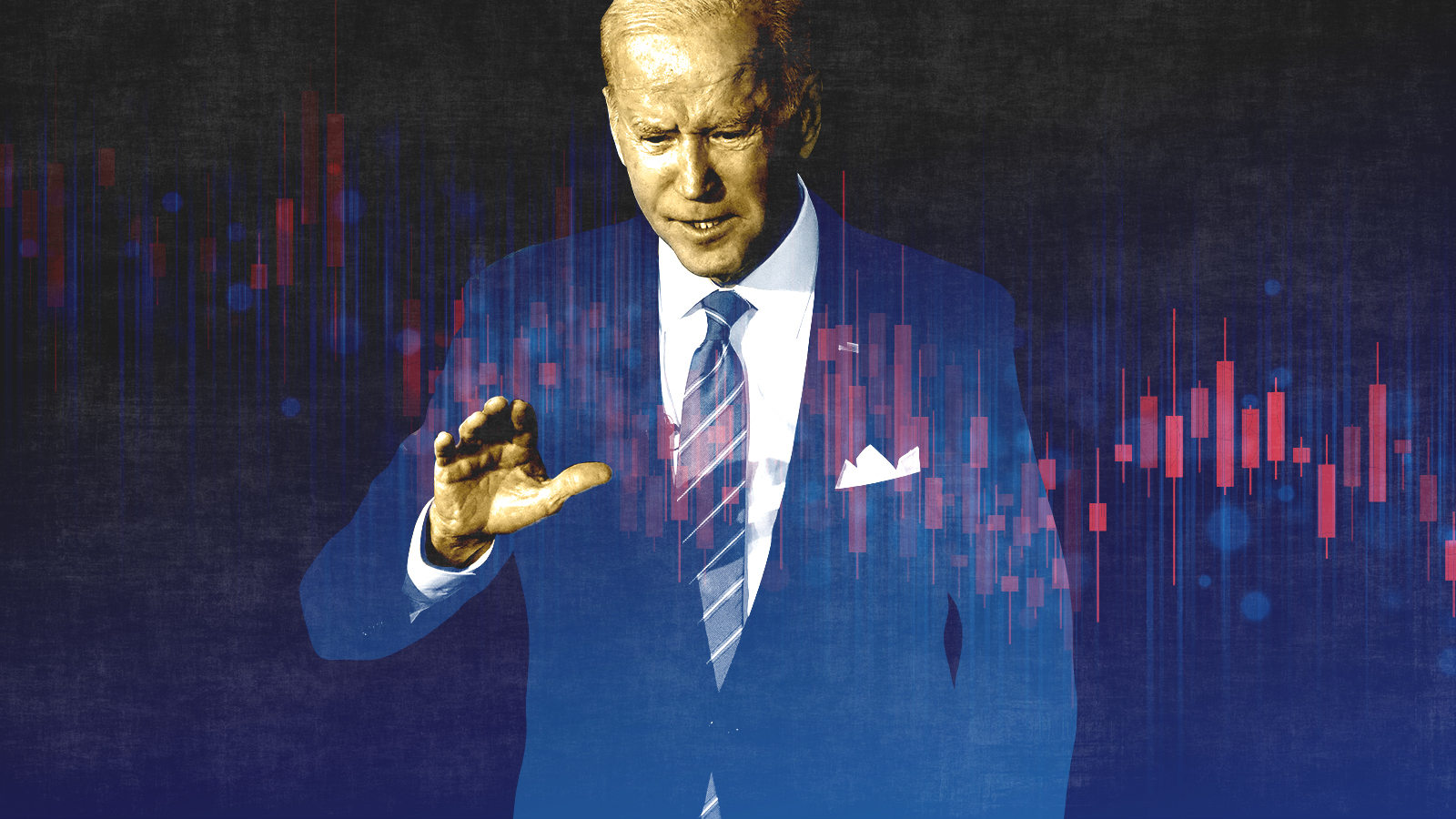 What experts are saying about the economy's surprise contraction
What experts are saying about the economy's surprise contractionThe Explainer The sharpest opinions on the debate from around the web
-
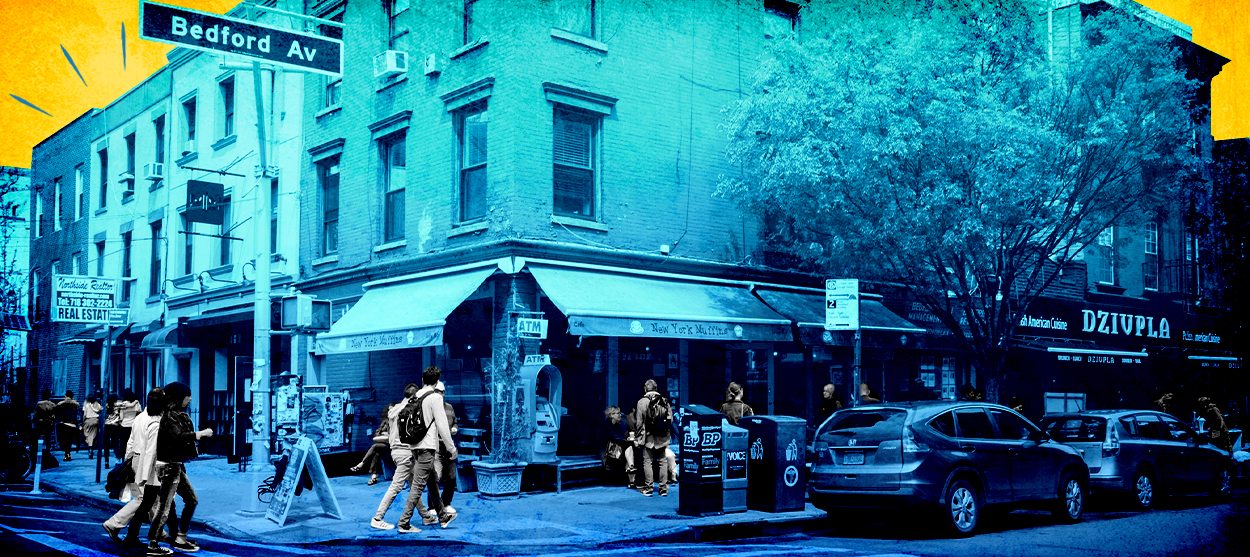 The death of cities was greatly exaggerated
The death of cities was greatly exaggeratedThe Explainer Why the pandemic predictions about urban flight were wrong
-
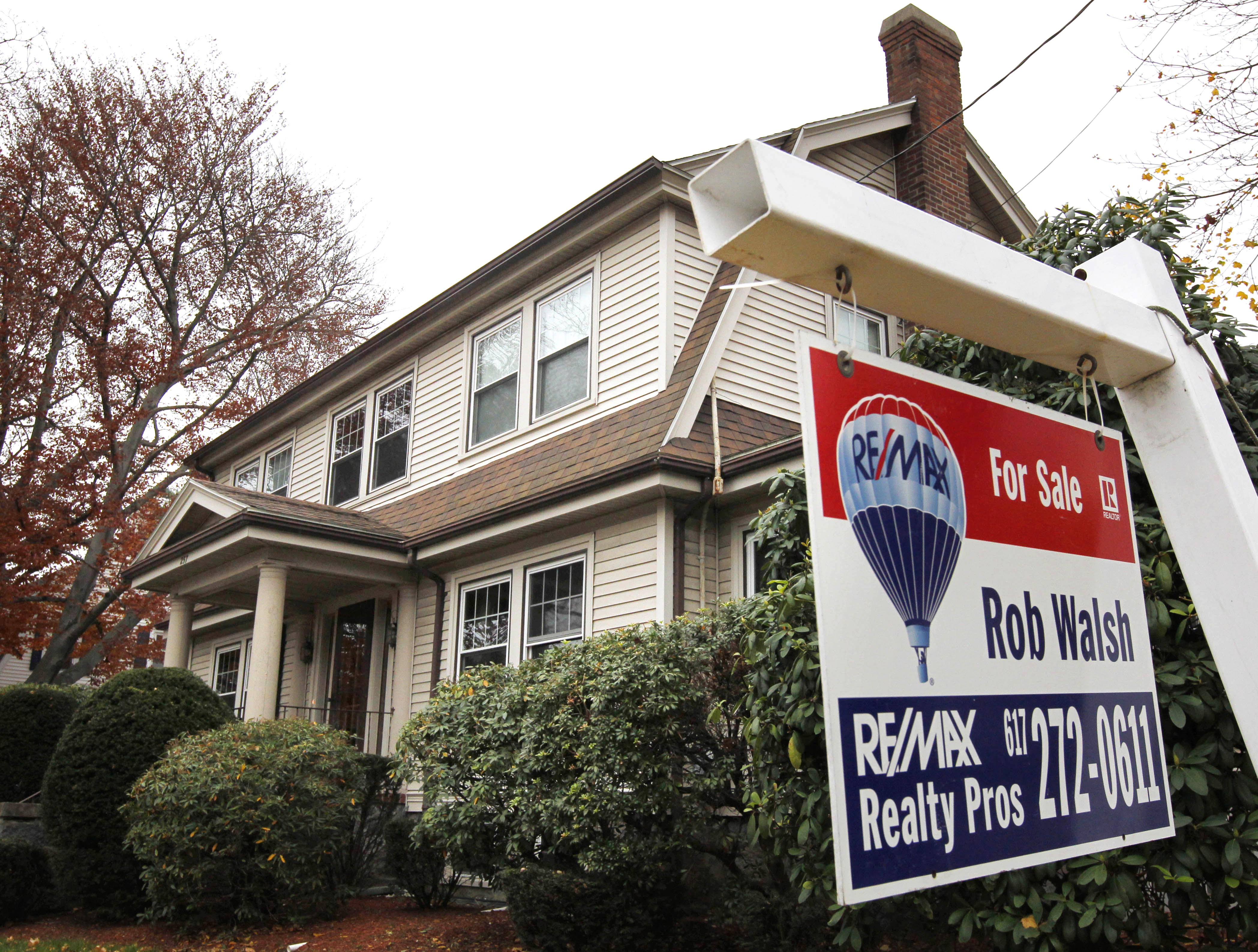 The housing crisis is here
The housing crisis is hereThe Explainer As the pandemic takes its toll, renters face eviction even as buyers are bidding higher
-
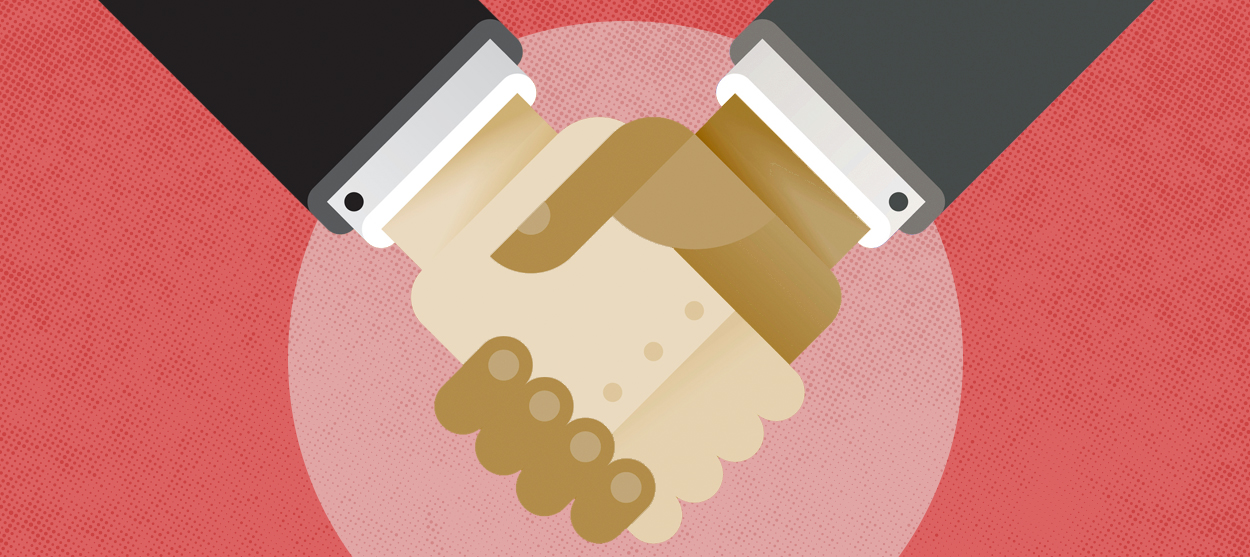 How to be an ally to marginalized coworkers
How to be an ally to marginalized coworkersThe Explainer Show up for your colleagues by showing that you see them and their struggles
-
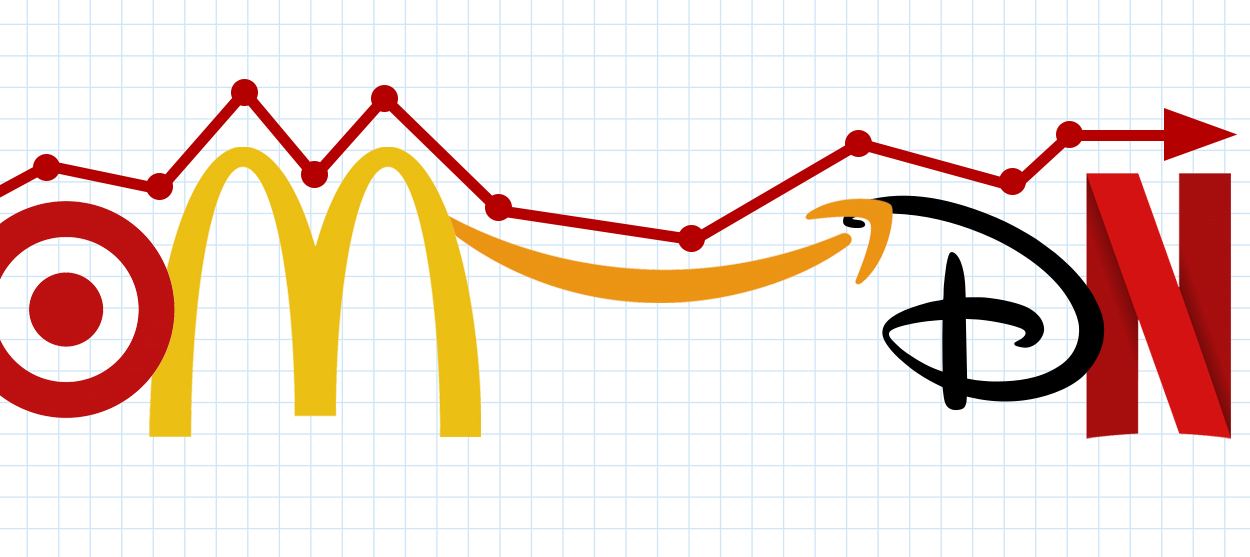 What the stock market knows
What the stock market knowsThe Explainer Publicly traded companies are going to wallop small businesses
-
 Can the government save small businesses?
Can the government save small businesses?The Explainer Many are fighting for a fair share of the coronavirus rescue package
-
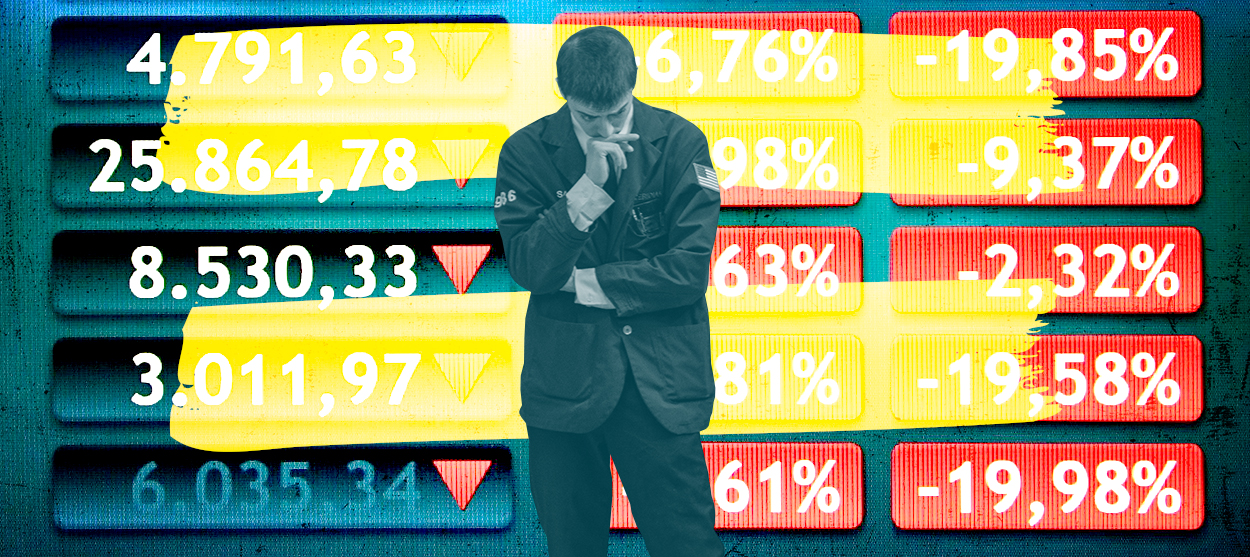 How the oil crash could turn into a much bigger economic shock
How the oil crash could turn into a much bigger economic shockThe Explainer This could be a huge problem for the entire economy
